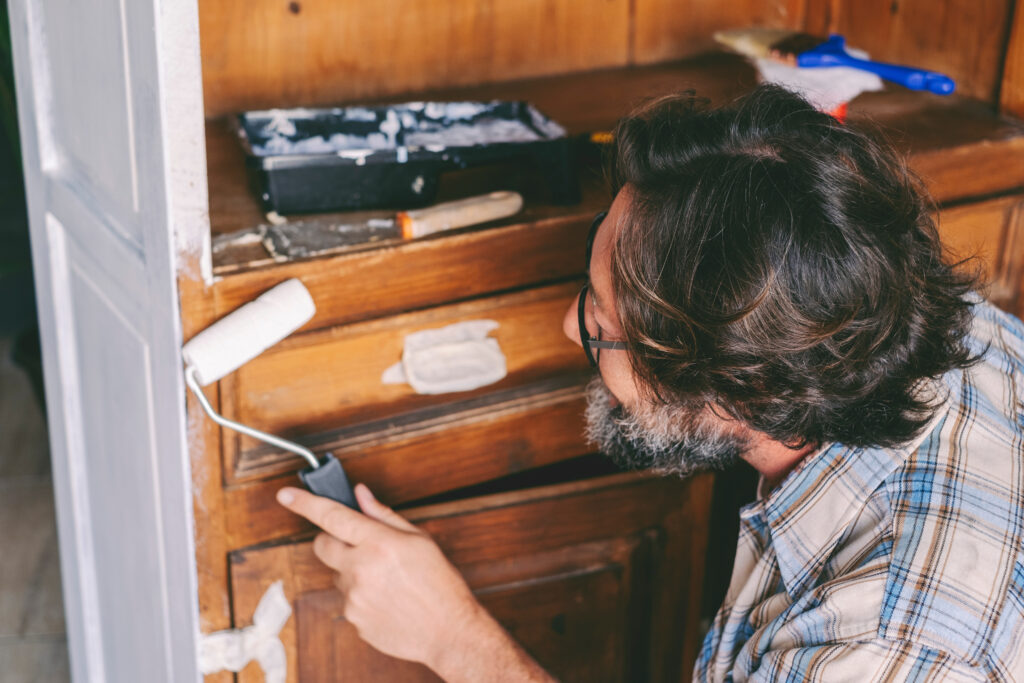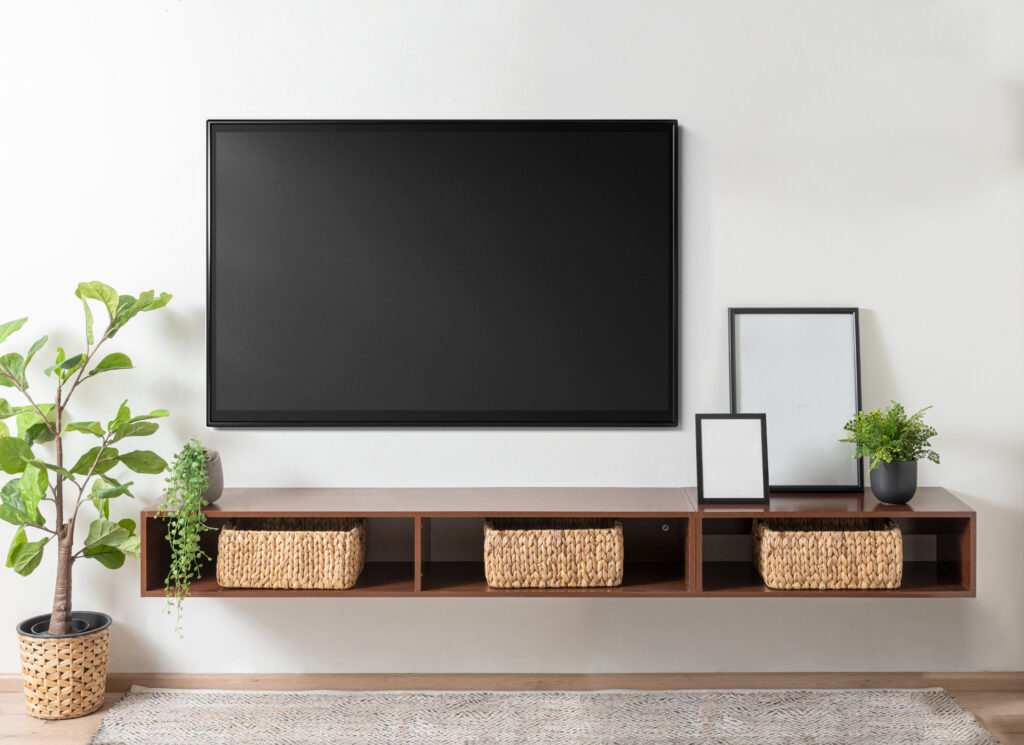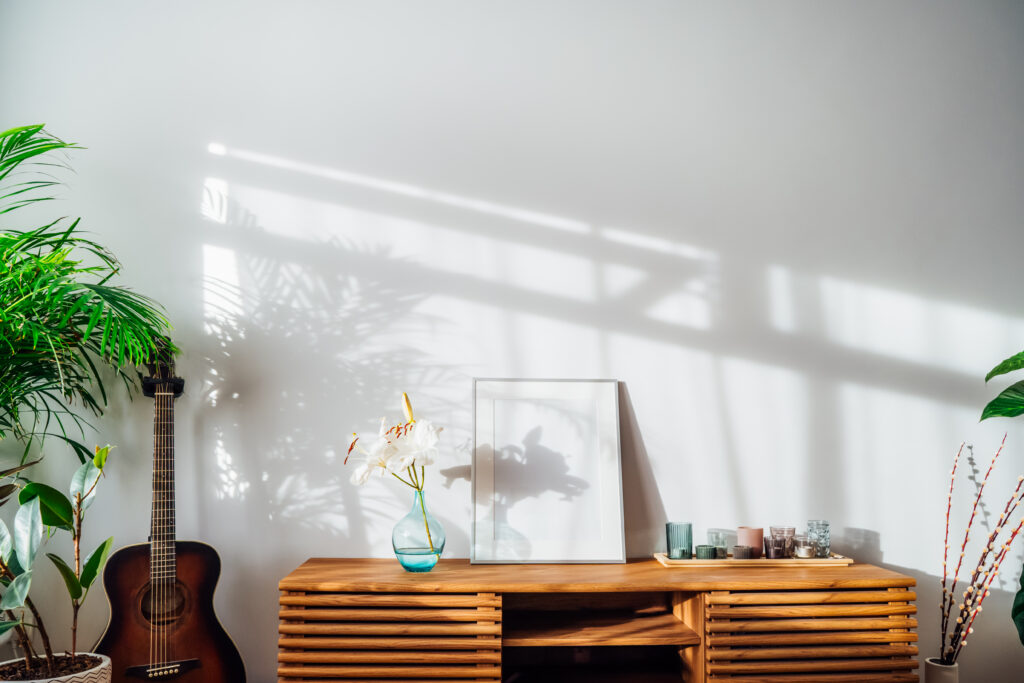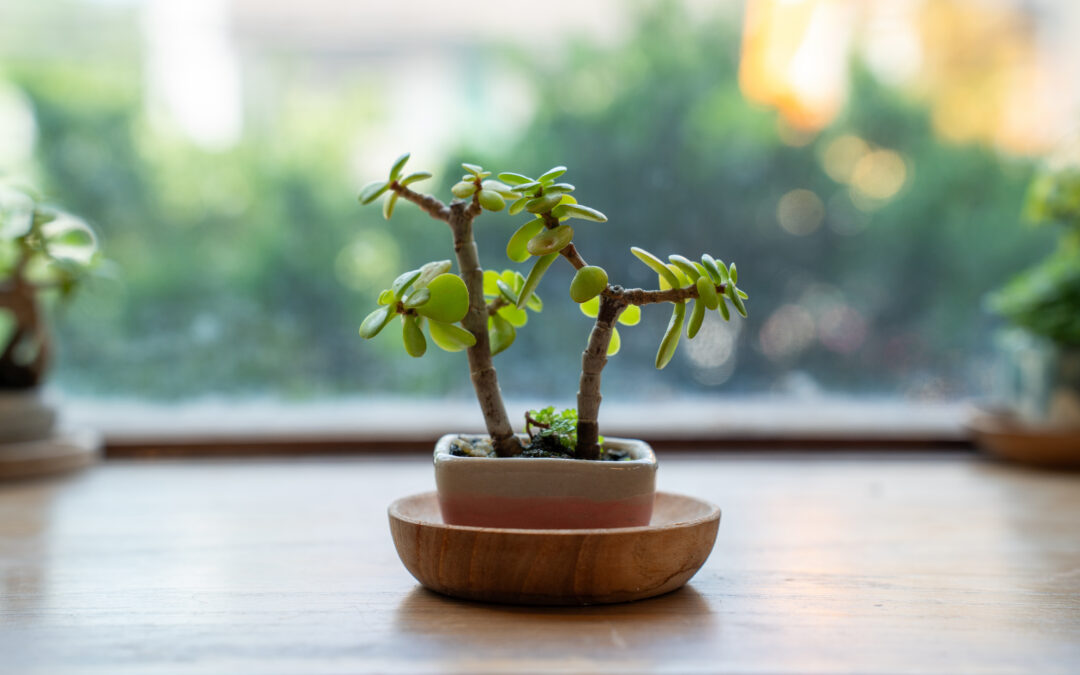TikTok has given us a lot of “cores” – cottagecore, goblincore, normcore. But the latest aesthetic to take over the platform is different. It’s not about buying into a new look.
Underconsumption core is about proudly showing what you’re NOT buying.
What Is Underconsumption Core?
The trend is simple: people film their everyday items – the same water bottle they’ve used for five years, the worn-in jeans with holes they’ve patched, the makeup palette they’ve hit pan on, the phone with a cracked screen that still works fine.
The message: I’m not buying new stuff, and I’m perfectly happy with what I have.
Videos show bathrooms with just a few products instead of counters overflowing with skincare. Closets with 30 items instead of 300. Kitchens using the same pots and pans for a decade. Cars with 200,000 miles still running strong.
The aesthetic celebrates use, wear, repair, and contentment. It’s the anti-haul, the anti-consumption, the rejection of “treat yourself” culture and constant upgrade cycles.
Why Now? The Overconsumption Backlash
Underconsumption core emerged as a direct response to the overconsumption that dominates social media.
For years, TikTok and Instagram have been filled with haul videos – people showing massive purchases from Shein, Amazon, Sephora. “Come shopping with me” content where influencers buy dozens of items in one trip. “What I got for Christmas” videos with hundred of presents. Endless restock videos of aesthetically organized fridges, pantries, and closets full of stuff.
This created an impossible standard where buying constantly was normalized as aspirational behavior. Every video suggested you needed more: more clothes, more beauty products, more home décor, more stuff.
Young people especially started noticing the disconnect. They were told to care about climate change while being algorithmically served content encouraging them to buy cheap fast fashion. They were told to save money while being marketed to constantly. The cognitive dissonance became untenable.
Underconsumption core is the rebellion. It says: actually, I don’t need all that. What I have is enough.
Part Frugality, Part Sustainability
The movement exists at the intersection of multiple concerns.
Economic reality: Many people simply can’t afford the lifestyle sold on social media. Underconsumption core normalizes living within your means without shame. It reframes frugality as intentional choice rather than unfortunate limitation.
Environmental consciousness: The climate impact of constant consumption is becoming impossible to ignore. Fast fashion, single-use products, planned obsolescence – all contribute to environmental destruction. Underconsumption core aligns with sustainability values without requiring performative green consumption (buying expensive “eco-friendly” alternatives).
Anti-capitalism: There’s an ideological component too. Some adherents explicitly frame underconsumption core as resistance to capitalism’s demand for infinite growth and constant consumption. Using things until they’re truly worn out refuses participation in manufactured desire.
Mental health: The constant pressure to buy, upgrade, and keep up is exhausting. Underconsumption core offers permission to opt out. Less stuff means less to maintain, organize, clean, and stress about.

What It Actually Looks Like
Underconsumption core manifests in specific, recognizable ways:
Using things until they’re truly done: Makeup products used until you hit pan (can see the bottom of the container). Clothes worn until they develop holes, then patched and worn more. Shoes resoled instead of replaced. Phones kept for 4+ years instead of upgrading annually.
Minimal product collections: Bathrooms with one shampoo, one soap, one moisturizer instead of dozens of products. Kitchens with just the essentials. Closets with versatile basics worn repeatedly rather than trendy items worn once.
Repair over replace: Showing yourself mending clothes, fixing broken items, refurbishing furniture. The repair becomes a point of pride rather than evidence you can’t afford new.
Secondhand preference: Thrifting, hand-me-downs, and buying used celebrated as smart choices rather than desperate measures. The imperfect, worn character of used items valued over pristine newness.
Intentional longevity: Buying quality items once with the intention of keeping them for years or decades. Investing in things that last rather than chasing trends.
The Criticism and Contradictions
Not everyone celebrates underconsumption core. Critics point out legitimate contradictions.
It’s still content about consumption. You’re still making TikToks about your stuff, just framing it differently. You’re still participating in aesthetic trends and seeking validation through content.
Privilege is invisible. Being able to use items for years assumes you bought quality in the first place, which requires money. Celebrating your worn-in leather bag ignores that many people can’t afford leather bags at all. The aesthetic of underconsumption can obscure actual poverty.
It can become competitive. Some videos veer into humble-bragging or reverse snobbery – “I’m better than you because I consume less.” The moral superiority can feel performative.
Not everyone can participate equally. People with disabilities, chronic illnesses, or specific needs might require more products or more frequent replacements. Making underconsumption a moral virtue can be exclusionary.
Corporate co-option is inevitable. Already, brands are trying to market “underconsumption core” aesthetics – selling you the look of minimal consumption, which is deeply ironic.

What It Gets Right
Despite contradictions, underconsumption core addresses real problems.
It challenges overconsumption as default. For years, social media has normalized buying constantly. Underconsumption core provides a counter-narrative: you don’t actually need all that. This is valuable, especially for young people who’ve never known media that wasn’t trying to sell them something.
It reframes frugality positively. Economic constraints have been stigmatized. Not buying new things was embarrassing, something to hide. Underconsumption core says living within your means is actually smart and respectable. That shift matters.
It connects consumption to climate impact. By framing reduced consumption as environmental action, it makes sustainability accessible. You don’t need to buy expensive eco-products – you can just buy less. That’s more inclusive than green consumerism.
It questions planned obsolescence. When people celebrate using phones for 5+ years or wearing clothes for a decade, it highlights how artificial upgrade cycles are. Companies want you to replace things constantly, but you don’t have to play along.
How It’s Changing Behavior
The trend is having measurable effects beyond just aesthetics.
Search interest in “how to repair” has surged. People are looking up how to fix things themselves rather than immediately replacing broken items. YouTube tutorials on mending clothes, fixing electronics, and refurbishing furniture are booming.
Secondhand markets are thriving. Thrift stores, Depop, Poshmark, and local buy-sell-trade groups report increased activity. Gen Z especially is embracing used items without stigma.
De-influencing is a related trend. Creators are making content specifically talking people OUT of purchases – “Don’t buy this, here’s why you don’t need it.” This is unprecedented in influencer culture, where selling has always been the point.
Minimalism is being redefined. Old minimalism was aesthetic – the perfect capsule wardrobe, the Instagram-worthy sparse apartment. New minimalism is practical – fewer items, used longer, valued for function over appearance.
The Bigger Cultural Shift
Underconsumption core reflects broader generational changes in values.
Millennials and Gen Z are less brand-loyal. They’re skeptical of marketing, aware of greenwashing, and resistant to traditional advertising. They value authenticity, sustainability, and practicality over prestige or novelty.
Economic precarity shapes behavior. Student debt, housing unaffordability, gig economy instability – younger generations have less disposable income and less economic security. Underconsumption isn’t just values-driven; it’s often necessity-driven.
Climate anxiety is real. Young people are inheriting a climate crisis they didn’t create. Reducing consumption feels like one of the few things they can control, even if individual action alone can’t solve systemic problems.
Experiences over things. Research consistently shows younger generations prefer spending on experiences, travel, and relationships over material goods. Underconsumption core aligns with that priority shift.

How to Participate (Without Performing)
If underconsumption core resonates but you want to avoid performative aspects:
Focus on your actual relationship with stuff, not content about it. The goal isn’t TikTok validation – it’s genuinely consuming less and being content with what you have.
Audit what you already own. Most people have more than they realize. Shop your own closet before buying clothes. Use up products completely before buying more.
Repair when possible. Learn basic mending, look up repair tutorials, find local repair shops. Challenge yourself to fix things before replacing them.
Buy secondhand first. Check thrift stores, online resale platforms, and community groups before buying new. You’ll save money and reduce environmental impact.
Question upgrade cycles. Do you need a new phone when yours works fine? Do you need new furniture when the old stuff is functional? Often the answer is no.
Practice contentment. The hardest part. Social media constantly generates desire for new things. Actively choosing gratitude for what you have is counter-cultural.
Why We Love The Movement
Underconsumption core resonates because it names something many people felt but couldn’t articulate.
We’re exhausted by the pressure to constantly buy. Marketing is everywhere, all the time, relentless. Having a cultural narrative that says “enough is enough” provides relief.
It makes sustainability accessible. You don’t need to buy expensive eco-products or dramatically change your lifestyle. Just stop buying so much. That’s doable for almost everyone at some level.
It aligns with economic reality. For many people, underconsumption isn’t a choice – it’s financial necessity. Reframing it as intentional rather than shameful provides dignity.
It’s honest. In a world of performative everything, admitting your stuff is old and worn out feels refreshingly real. It’s vulnerability in a culture that demands constant curation.
Most fundamentally, underconsumption core gives permission to stop performing abundance you don’t have or don’t want. You don’t have to pretend your life is a Pinterest board. You can just live it.
Use your cracked phone until it dies. Wear those jeans with the patched knees. Be proud of the stuff you’ve kept for years. Find satisfaction in longevity rather than novelty.
Your worn-in life, with all its imperfections and used-up things, isn’t failure. It’s enough. Maybe it’s better than enough. Maybe it’s exactly right.


